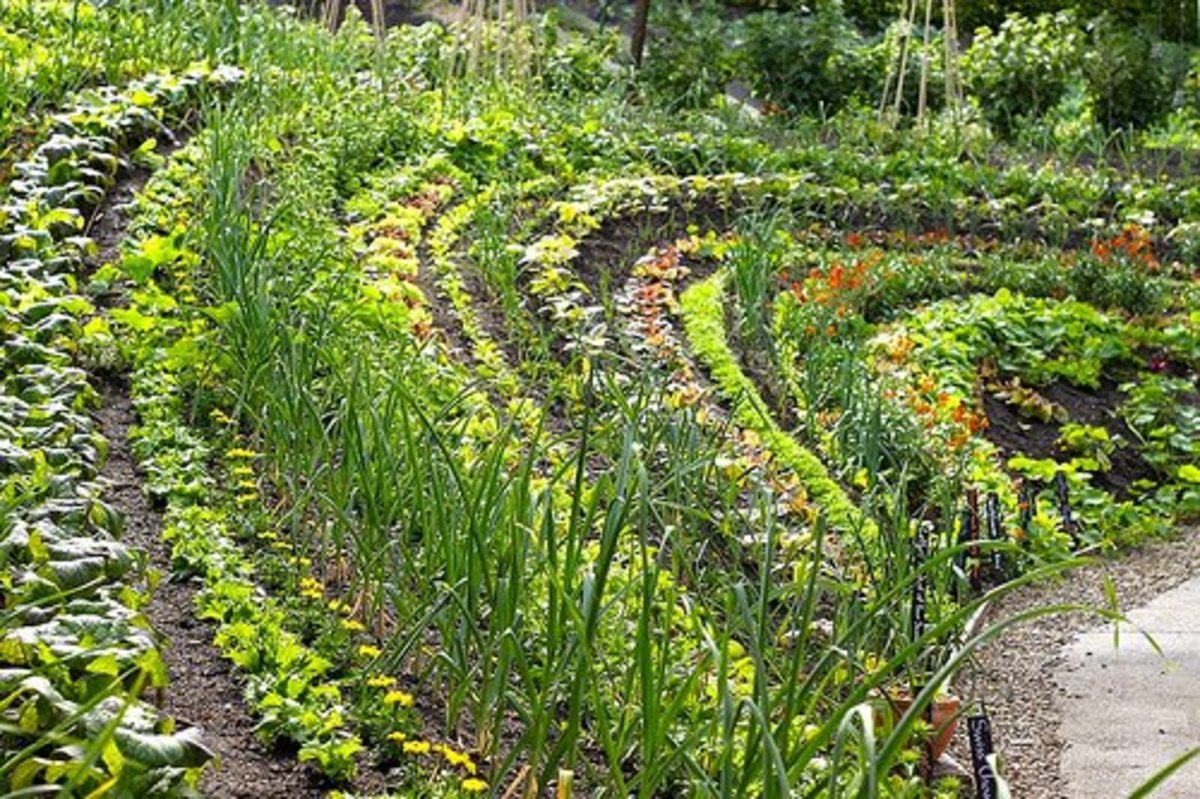Lemongrass: The Good The Bad And The
Lemongrass: The Good, the Bad, and the Ugly
Lemongrass is a tropical plant that has been used for centuries for its medicinal and culinary properties. It is native to Southeast Asia, but is now grown in many other parts of the world. Lemongrass has a distinctive lemony aroma and flavor, and is used in a variety of dishes, including Thai curry, soups, and stir-fries. It is also used to make tea, essential oil, and insect repellent.
In addition to its culinary uses, lemongrass has a number of potential health benefits. It is a good source of antioxidants, which can help protect the body against damage from free radicals. Lemongrass also has anti-inflammatory, antibacterial, and antifungal properties.
Some of the potential health benefits of lemongrass include:
- Reduced inflammation: Lemongrass contains quercetin, a flavonoid that has anti-inflammatory properties. Inflammation is a major underlying factor in many chronic diseases, such as heart disease, cancer, and arthritis.
- Lowered cholesterol: Lemongrass extract has been shown to lower cholesterol levels in rats. This is thought to be due to the plant's antioxidant and anti-inflammatory properties.
- Improved digestion: Lemongrass is a good source of fiber, which can help to keep the digestive system healthy. It also contains compounds that may help to relax the muscles in the digestive tract, which can help to relieve constipation and bloating.
- Boosted immunity: Lemongrass contains antioxidants that can help to protect the body against infection. It also contains compounds that may help to stimulate the production of white blood cells, which are the body's natural defense against infection.
However, there are also some potential downsides to lemongrass. For example, it can cause allergic reactions in some people. It is also important to note that there is not enough scientific evidence to support all of the potential health benefits of lemongrass.
Overall, lemongrass is a safe and healthy herb that has a number of potential health benefits. However, it is important to use it in moderation and to talk to your doctor before using it if you have any health concerns.
Here are some tips for using lemongrass safely and effectively:
- Use lemongrass in moderation. Too much lemongrass can cause stomach upset, nausea, and vomiting.
- If you have any allergies, be sure to test lemongrass on a small area of your skin before using it more widely.
- If you are pregnant or breastfeeding, talk to your doctor before using lemongrass.
- Do not use lemongrass if you are taking any medications, as it may interact with them.
Here are some ways to enjoy the health benefits of lemongrass:
- Add fresh lemongrass to your favorite dishes.
- Make lemongrass tea.
- Use lemongrass essential oil in a diffuser or in a massage oil.
- Apply lemongrass paste to your skin to relieve pain or inflammation.
Conclusion
Lemongrass is a versatile herb that can be enjoyed in a variety of ways. It has a number of potential health benefits, but it is important to use it safely and in moderation. If you are interested in using lemongrass for its health benefits, talk to your doctor first.
Lemongrass is a versatile herb that can be used in cooking, tea, and even as a natural insect repellent. But did you know that there are some plants that should not be planted near lemongrass?
Here are a few bad companion plants for lemongrass:
- Fennel: Fennel has a similar root system to lemongrass, and the two plants can compete for resources.
- Beans: Beans can attract pests that also target lemongrass, such as aphids and whiteflies.
- Tomatoes: Tomatoes can be susceptible to the same diseases as lemongrass, such as fusarium wilt.
If you're planning to plant lemongrass in your garden, it's important to do your research and avoid planting it near these bad companion plants. For more information about lemongrass companion plants, visit Gardenia Inspiration.
FAQ of lemongrass bad companion plants
Q: What are some bad companion plants for lemongrass?
A: Lemongrass is a relatively easy-going plant, but there are a few plants that it should not be planted near. These include:
- Beans: Beans can attract the same pests as lemongrass, so planting them together can increase the risk of pest infestation.
- Cucumbers: Cucumbers can compete with lemongrass for water and nutrients.
- Eggplant: Eggplant can attract the same diseases as lemongrass, so planting them together can increase the risk of disease spread.
- Peas: Peas can attract the same pests as lemongrass, so planting them together can increase the risk of pest infestation.
- Tomatoes: Tomatoes can compete with lemongrass for water and nutrients.
Q: Why should I avoid planting these plants near lemongrass?
A: The plants listed above can compete with lemongrass for water and nutrients, attract the same pests and diseases, or even suppress the growth of lemongrass. By avoiding planting these plants near lemongrass, you can help to ensure the health and productivity of your lemongrass plant.
Q: What are some good companion plants for lemongrass?
A: Lemongrass is a good companion plant for many other plants, including:
- Basil: Basil repels pests that can damage lemongrass, such as mosquitoes and aphids.
- Cilantro: Cilantro attracts beneficial insects that help to control pests.
- Marigolds: Marigolds repel nematodes, which can damage lemongrass roots.
- Mint: Mint helps to suppress weeds, which can compete with lemongrass for water and nutrients.
- Echinacea: Echinacea attracts beneficial insects that help to control pests.
Q: How can I plant lemongrass with good companion plants?
A: When planting lemongrass with good companion plants, it is important to choose plants that have similar water and nutrient requirements. It is also important to plant the plants in a way that allows them to grow and spread naturally. For example, you may want to plant basil and cilantro around the edges of your lemongrass plant, while marigolds and mint can be planted in the center.
Q: What are some other benefits of planting lemongrass with good companion plants?
A: In addition to helping to deter pests and diseases, planting lemongrass with good companion plants can also improve the flavor of the lemongrass. The herbs and flowers that you plant near lemongrass can release volatile oils that will permeate the lemongrass, giving it a more complex and flavorful aroma.
Image of lemongrass bad companion plants
5 different images of "lemongrass bad companion plants" from Pinterest:
- Catnip produces a chemical called nepetalactone, which can repel lemongrass.
- Fennel and lemongrass compete for the same nutrients, so planting them together can stunt their growth.
- Garlic can inhibit the growth of lemongrass.
- Onion, like garlic, can inhibit the growth of lemongrass.
- Tomato can attract pests that also feed on lemongrass.




Post a Comment for "Lemongrass: The Good The Bad And The"